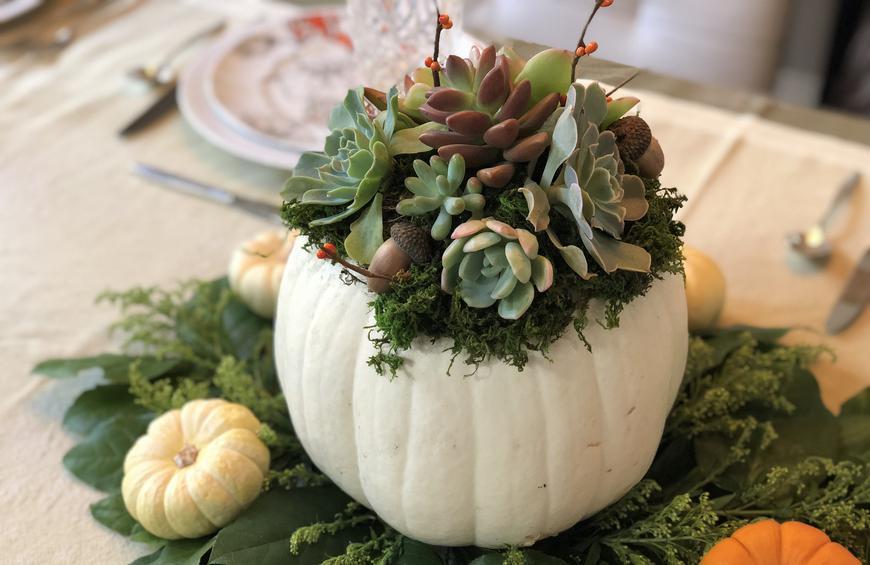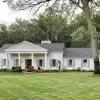Let’s start with the basics; we all want to live in a nice and well-decorated home that wows residents and visitors alike, right? But especially when trying to slow down consumerism, buying furniture we selected in an environmentally conscious decision, options relatively quickly get incredibly limited or expensive – if you, of course, want to get something that resonates with your style.
This is why people spend significant sums of cash on improving, expanding and refurbishing their homes, although such efforts are also focused on prioritising changes that add the most value to the property.
However, decorating the interior and exterior walls of your property doesn’t need to cost the earth. In fact, there are numerous ways through which you can create elegant and eye-catching decorations for your home, many of which also give you a sense of satisfaction in creating them from scratch.
One of the most interesting materials for DIY projects certainly is concrete. But what exactly is this material, and what decorations can you make using this material?
What is Concrete?
In simple terms, concrete is a composite material that comprises fine and coarse aggregate. These elements are bonded together with a fluid cement that hardens over time, creating a firm and versatile material that has a range of potential applications.
Because of this, concrete is the second-most used substance in the world, particularly in fields such as residential and commercial construction – but can be used in smaller projects, like we are going to show you, as well!
The history of concrete is rich and often widely debated, although it should be noted that the Göbekli Tepe temple in modern-day Turkey was built using T-shaped pillars of carved limestone approximately 12,000 years ago.
However, the first people to use concrete in the same way as us nowadays were undoubtedly the Romans, who used the material to forge everything from roads and bathhouses to the iconic Colosseum.
Mixing concrete for particular projects will initially require you to procure the exact amounts of sand, stone and liquid cement, with the precise ratios varying depending on the type of cement and nature of the project in question. But this is easier than it might sound, we promise!
As a general rule you’ll need one part cement, two parts sands and four parts stone to forge the dry mix, before assembling your supplies and combining them together. Don’t worry, when buying the mix, everything you will need is written out in the instructions.
During this process however, it’s imperative that you put on the requisite safety equipment, which should ideally have been purchased from a reliable PPE supplier. Common items of equipment include a dust mask, safety glasses and a thick pair of gloves when mixing the cement. It can get dusty real quick, when mixing concrete! Especially for floors – which tend to be more complicated, it’s recommended to get polished concrete floor training before starting.
The Best Concrete-Inspired DIY Projects
OK, we hear you ask, but what are the best DIY projects that involve concrete as the primary material?
We’ve listed some of the best and most decorative below. You should also note that concrete doesn’t stick to plastic, metal or silicon (or even fabric or paper), so all of these materials can be used to help mould and form concrete applications – which is why this material is such an easy and versatile material to use in DIY projects. No expensive or specialised moulds and vessels needed – just household items and a bit of creativity!
- #1. Flower Pots and Vases: We’ll start with a relatively simple and visually alluring project, as you look to create decorative flower pots and vases for your home. You can do this by using plastic or silicone bowls to help mould each bespoke application, with a smaller bowl placed on top to create the mould for the addition of plants. In the case of vases, you can use different sized drinking glasses to create the respective moulds and final design.
- #2. Candle Holders: Many of us regularly light scented candles in our homes, in order to create fragrant and relaxing living spaces. But how do you create the moulds for such applications? Well, you could look to forge iconic square designs using cleaned out and used milk cartons, with such material working well with concrete to create a clean finish.
- #3. Small and Decorative Ornaments: The devil is in the detail when it comes to creating a home that reflects your personality, with small and decorative ornaments going a long way in this respect. This also enables you to indulge your creative instincts and develop simple or complex designs as you wish, while cookie cutters can be placed on top of a plastic board to mould more intricate ornamental shapes. You can also add a magnet at the back as well, to turn them into little treasures for your fridge!
- #4. Garden Decorations: Instead of throwing away old items that you don’t have use for anymore – how about recycling them as well? Instead of creating a mould, you could simply cover items in concrete and let them dry, to preserve them with that weatherproof coating. Can you imagine a little tower of old books, sitting right next to your fairy garden or functioning as a shelf for your pots? Or as a minimalistic bedside table? We can!
- #5. Individual Bookends: Speaking of books, fancy a new bookend for your shelf? Simply take a more brick-shaped mould (the Ferrero Rocher box works brilliantly for this, for example – and you get some chocolatey treats for yourself on top!) and fill it up with concrete. To give it a bit more charm, how about putting your favourite letter or even quote as a paper or wood cut out on top? This way it will end up looking like an elegant embossing afterwards. And you can entirely make it your own!
Happy crafting!








